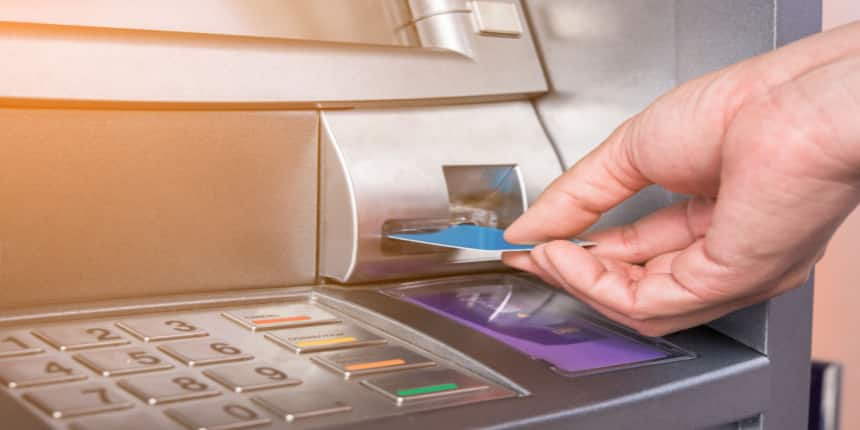NWD Full Form
What is Full Form of NWD ?
The term NWD stands for "Network Withdrawal”, and has a connection to banking. When money is withdrawn from the ATM of another bank, the statement indicates it is an NWD transaction. If one withdraws money from the ATM of the same bank, it shows the ATW transaction on the bank’s statement. The fee paid for an NWD is typically more than the withdrawal made from your bank's automated teller machine. Any type of withdrawal from an ATM done using the card of another bank is considered an NWD transaction.
- What is Full Form of NWD ?
- NWD: network withdrawal
- More about NWD

NWD: network withdrawal
Automated teller machines (ATMs) have become a popular method for delivering transactions. It is used by the banks to expand their reach and is used by the clients for the primary function of withdrawal and deposit and balance inquiry. Banks have also engaged in bilateral or multilateral agreements with other banks to create inter-bank ATM networks to boost the use of ATMs as a delivery channel.
The bank's accounting software is linked to the ATMs through an ATM switch (es). Apex-level switches are installed to allow communication between the ATM switches of several banks, resulting in inter-bank ATM networks. The usage of ATM cards from one bank at ATMs of other banks makes basic services like cash withdrawal and balance inquiries possible and is termed as an NWD transaction. For offering the ATM service to customers of other banks, the banks that own the ATMs charge a fee. The ATM-deploying bank collects this cost, known as the "interchange fee," from the card-issuing banks. However, the interchange charge varies across banks and is subject to the conditions of bilateral and multilateral agreements.
More about NWD
Private banks primarily use the terminology NWD. They also use terminologies like EAW(External Automated Withdrawal), NFS (National Financial Switch), ATS(Application Tracking System), AWB(Air WayBill), etc. The codes used for these kinds of transactions vary between banks.
In general, the commission for NWD transactions is more than it is for other kinds of ATM transactions. Therefore, if a consumer uses an ATM card from the same bank, ATW will be noted on the receipt and the fees will be comparatively low. Customers will be charged extra than for an ATW transaction if they do not have a card from the same bank, which will be shown as NWD on the receipt.
The amount of free transactions that customers may make is limited, and once that number is reached, they must pay a fee associated with using the ATM. For ex. In HDFC Bank, NWD fees start at Rs. 25. However, the transaction fee may vary from bank to bank and transaction to transaction.
Frequently Asked Questions (FAQs)
NWD is referred to as Network Withdrawal. When a person uses an ATM of a bank other than the bank he has an account in, the bank statement shows the transaction as Network Withdrawal.
It is appropriate that the service fee a bank client pays when using an ATM owned by a bank other than his or her bank should include any switching fees as well as the interchange fee that the user's bank will pay to the ATM-owning bank.
In simple words, it is the amount that the client of the bank has to pay for using the ATM of the other bank.
They can use the ATM of other banks but after some fixed transactions they are charged some amount.
No, EAW refers to “External Automated Withdrawl” while NWD refers to “Network Withdrawal”. The two should not be confused as same.